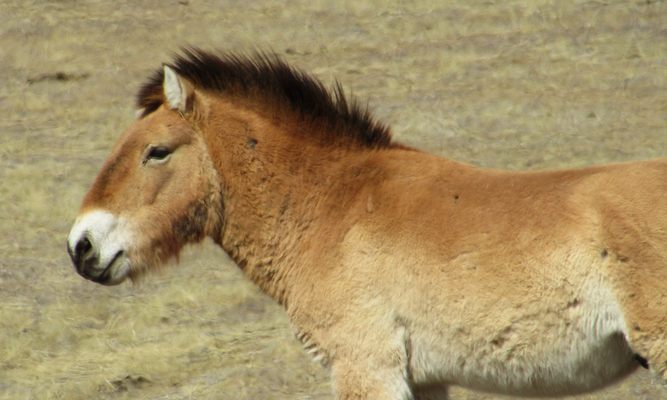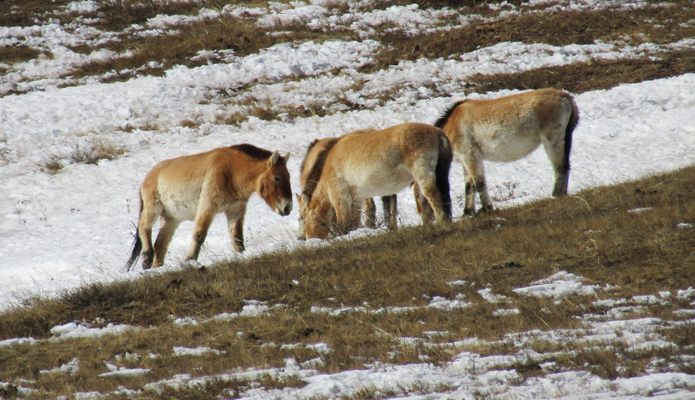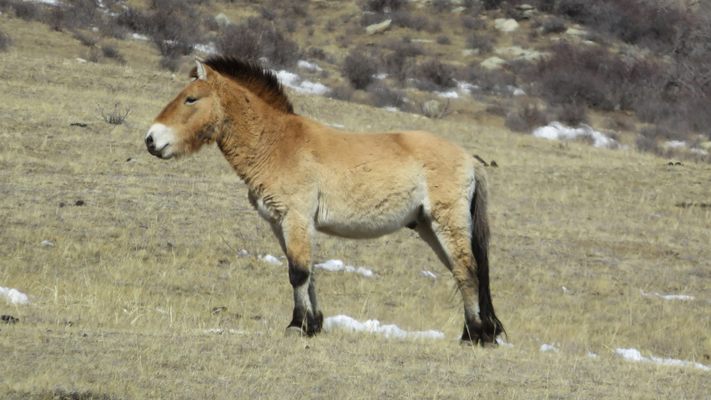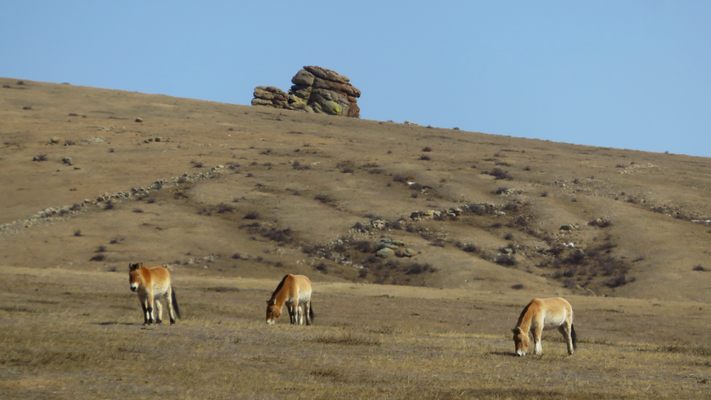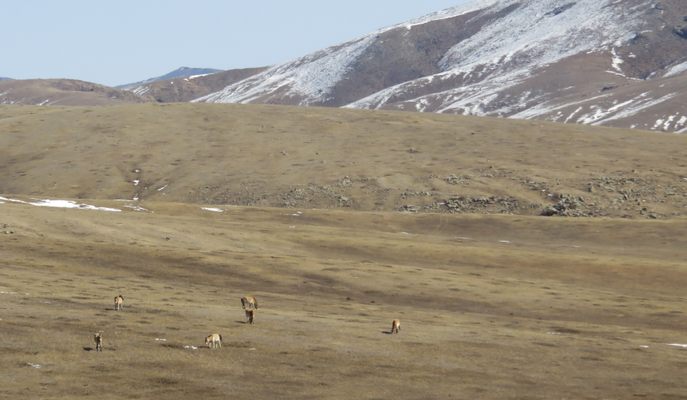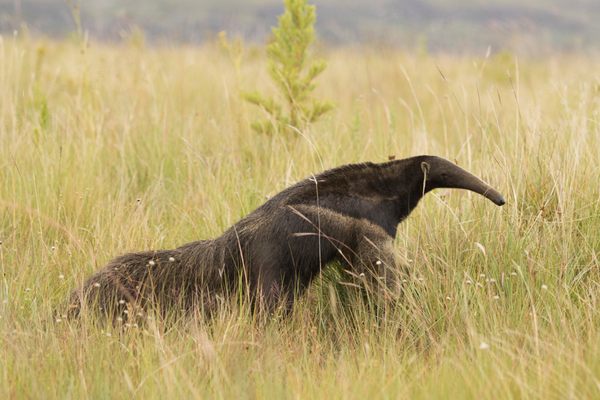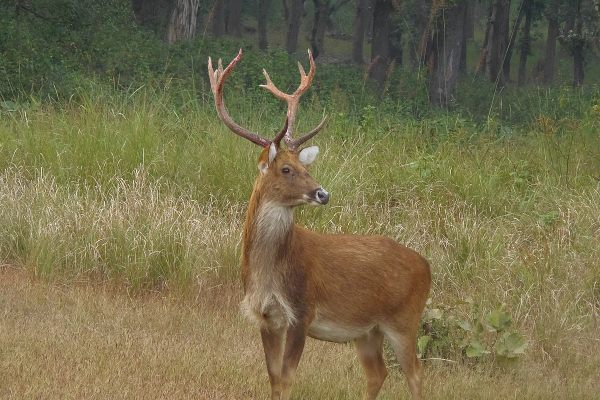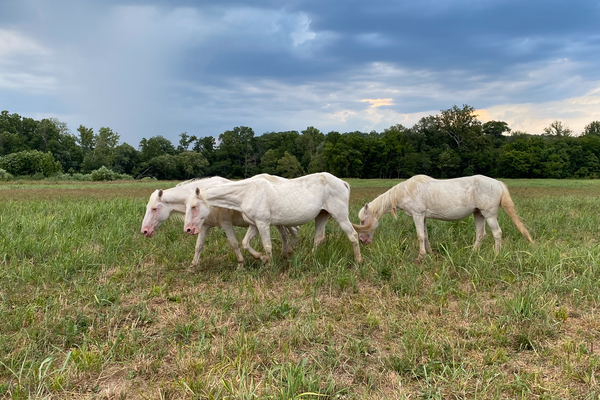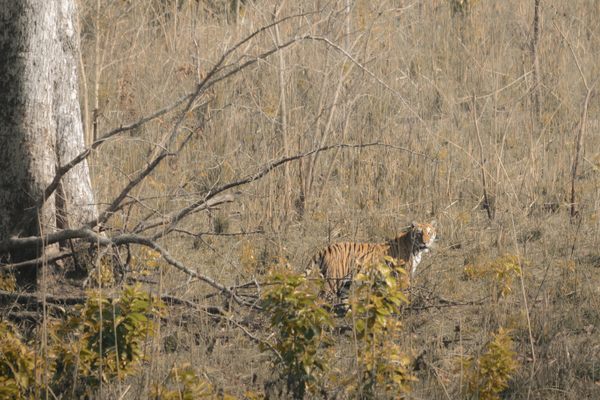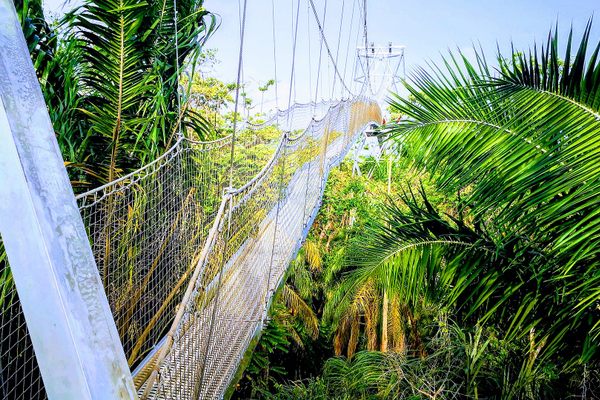About
One of the great comebacks of the 1990s took place not on the silver screen or the sports field, but in the grasslands of Mongolia.
The takhi wild horses native to the grassy steppes had vanished from the wild in the 1970s, but as a result of various breeding programs, they slowly reappeared in their old stomping grounds, including their original home: the Khustain Nuruu national park.
The takhi (officially named Przewalski's horse after the Russian explorer who first spotted it), may be the world’s last truly wild horse. While most "wild" horses around the globe are domesticated horses gone feral, the Przewalski's horse was never domesticated. Up until the 18th century, these short stocky horses freely roamed the steppes of Mongolia, Kazakhstan, and Russian Siberia. But then the numbers started dwindling. In 1967, the last herd of takhi was spotted and in 1969, the last individual horse.
They were declared "extinct in the wild," which remained the status quo for nearly 30 years. There were only 13 surviving takhi horses, kept in different zoos around the world. They were bred carefully, and the population slowly increased to more than 1,500 at which point they were reintroduced into the wild. The downside of this method is that the genetic pool of all the existing horses is limited.
One of the places where the reintroduction took place in 1992 was the horse’s native habitat of Khustain Nuruu or Hustai National Park. A year later the park, which stretches across 50,000 hectares, was declared as a Specially Protected Area. Its key mission is to maintain and build a sustainable population of these rare creatures.
Visitors to the park can now spot teams of dun-colored horses wandering around the dry grassy landscape. Although the star of Khustain Nuruu is indubitably the takhi, the park is also home to other species like the red deer, steppe gazelle, the Eurasian badger, grey wolves, and the Eurasian lynx.
Related Tags
Know Before You Go
Khustain National Park is located 60 miles west of Ulaanbaatar, the Mongolian capital city. Public transport can drop the occasional visitor nearby the park, but a private car would certainly come in handy given the size of the park. Accommodation can be found inside the park itself, but several camps are scattered throughout the area.
NEW - Mongolia's Summer Danshig Festival
Desert skies, festivals, and wild horses in Mongolia.
Book NowPublished
April 13, 2017

